
Infographic timeline showing the dates of Duke’s Commencement Announcements.
In a typical year, our team starts planning for commencement in January, but 2021 is not a typical year.
We knew that we needed to plan content for commencement, but due to COVID-19, no one knew if the ceremony could be an in-person event, a virtual ceremony, or a hybrid of both. In many ways, we were chasing a moving target.
We decided to create short videos because this format can be incorporated into websites, e-newsletters, shared on social media platforms and even shared during in-person ceremonies. This decision proved to be wise because the scope of the ceremony changed twice from the time Duke’s initial announcement that it was holding an in-person ceremony to May 2, the date of the ceremony.
After a brainstorming session, we decided to focus on producing four videos.
Class of 2021 Memories, Moments & Milestones
The Class of 2021 Memories, Moments & Milestones piece recapped the events of the past year years. Our reason for producing this piece was to provide a virtual walk down memory lane for the graduates and their families that could work as a part of a virtual or in-person event.
Family Messages for Duke Class of 2021
Initially, family and friends could not attend the in-person ceremony, so we produced Family Messages for Duke’s Class of 2021, a video montage of tributes from parents and siblings of the Class of 2021. Thankfully, as we got closer to May 2 and the number of infections decreased, Duke allowed a limited number of guests to attend the ceremony. This piece would have been a must for a virtual ceremony. However, it also worked well for the in-person event because it allowed multiple family members and friends to celebrate their graduates.
Class of 2021 Reflections
The Class of 2021 Reflections video featured interviews with members of the class speaking about their time at Duke and thanking those who supported them. For this video, the students spoke directly into the camera, and we combined their voices with slow-motion clips of them looking into the camera. This approach mimicked an in-person conversation and allowed the viewers to feel connected with the students highlighted in the piece.
While this piece ended up not being used in the ceremony, we re-edited it into two shorter promotional videos and both of these videos were widely shared.
Duke University Class of 2021 Commencement Celebration
The idea for the Duke University Class of 2021 Commencement Celebration video was to create a video that could serve as a stand-in for in-person congratulatory high-fives and hat tosses, should Duke have to have all virtual ceremony. Thankfully, that wasn’t the case, but the video is just fun to watch and was a fantastic way to close our in-person ceremony. Check out Jared Lazarus’s blog post and learn more about the work that went into making the video.
Commencement Communicators Kit
To help Duke’s communicators’ network plan for in-person and virtual commencement ceremonies and tributes to the Class of 2021, we created a commencement communicators kit with downloadable assets including stock imagery, virtual backgrounds, graphics, video elements, GIFS, and more.
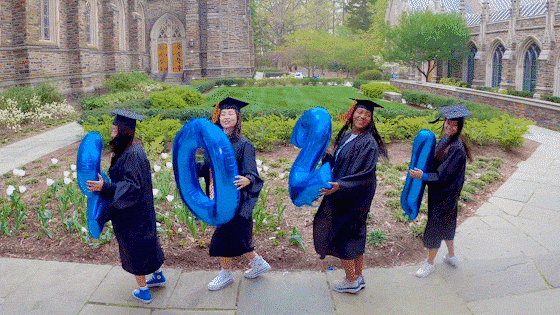
GIF of graduates celebrating with 2021 balloons.
In an effort to give all of Duke’s commencement content a similar look and feel, the elements in the kit contained uniformed Duke branding including colors, fonts, and style. We made this material available over a month in advance of commencement and it proved to be an extremely valuable resource with more than 3,736 downloads.
We will remember this commencement as a moving target in terms of planning (thanks, COVID). However, we’re proud to have produced
a wide collection of content that proved beneficial for use in a variety of settings and publications.
Check out our full coverage of Duke’s 2021 commencement at commencement.duke.edu
And congratulations to the Class of 2021!


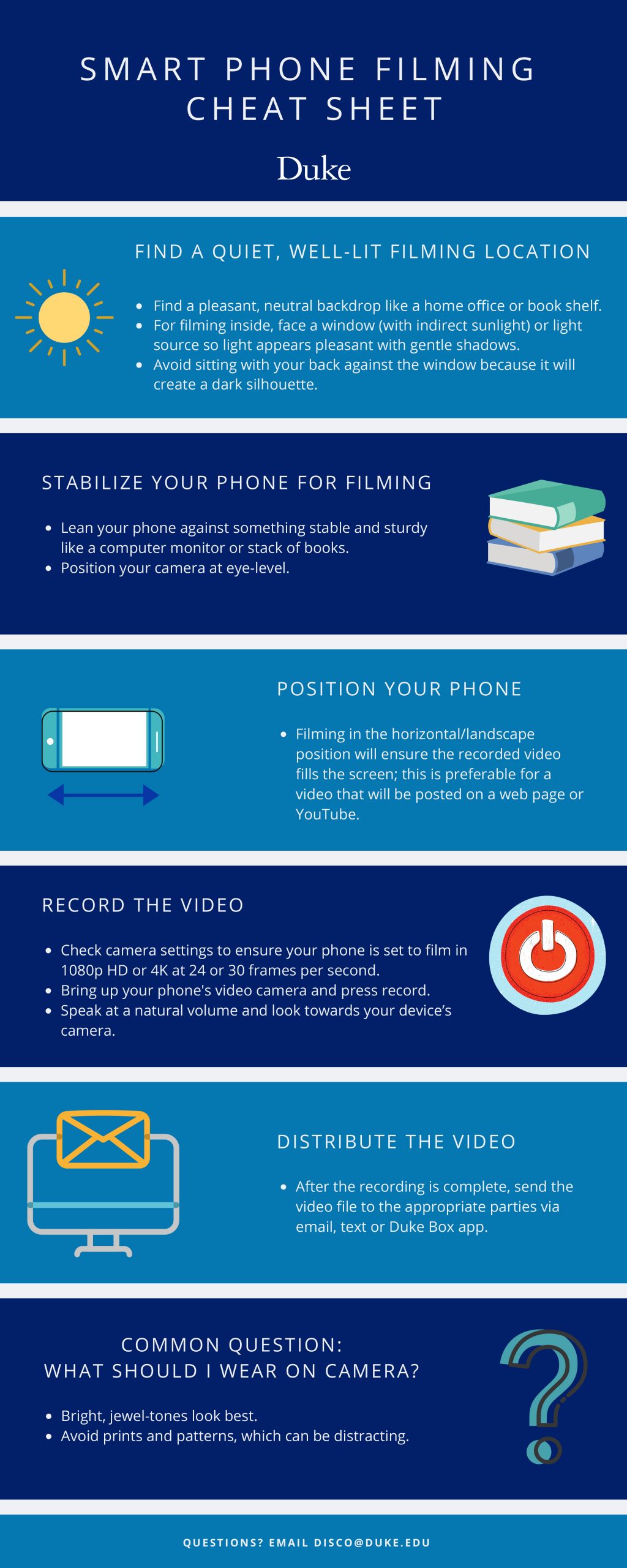
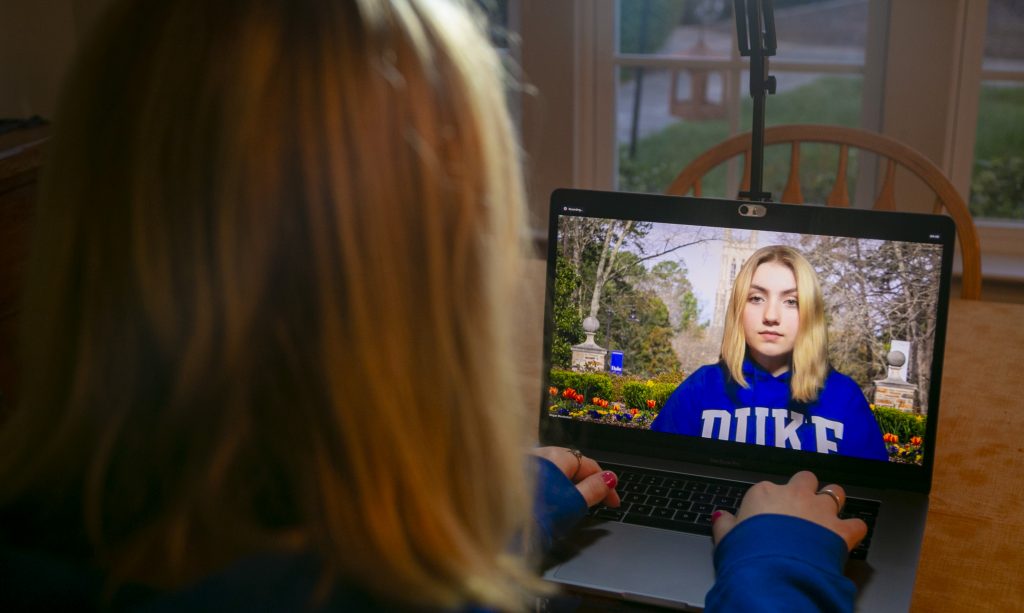
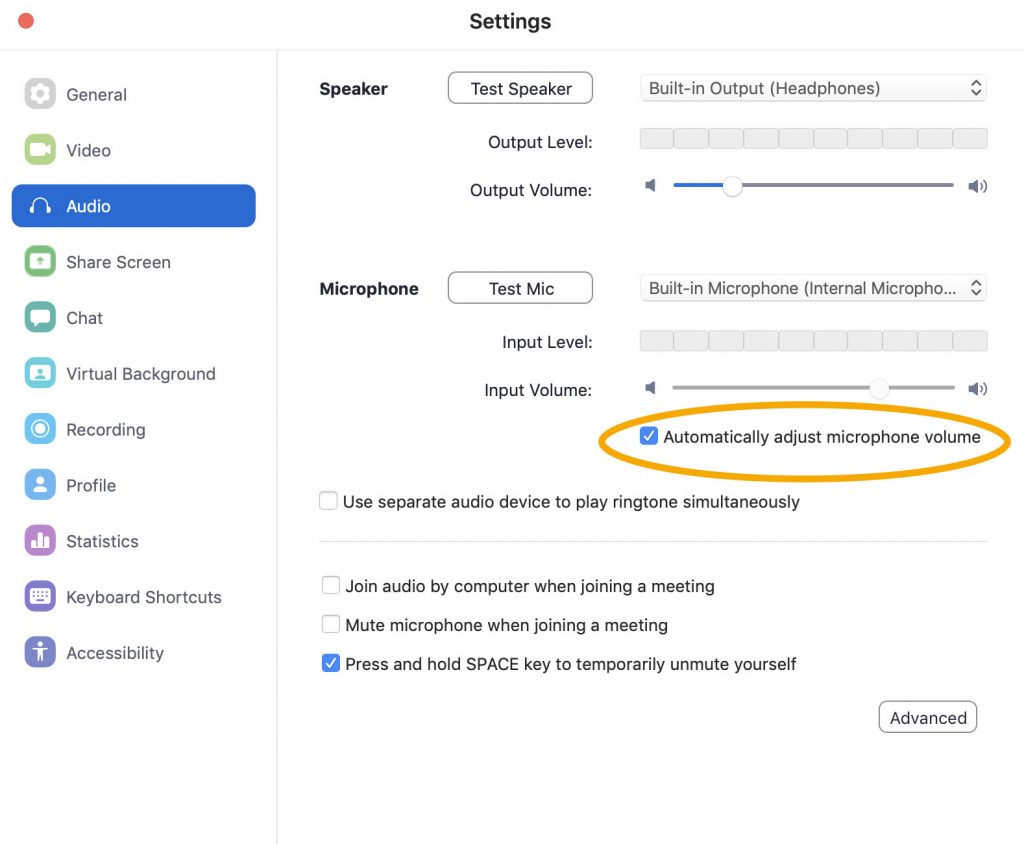
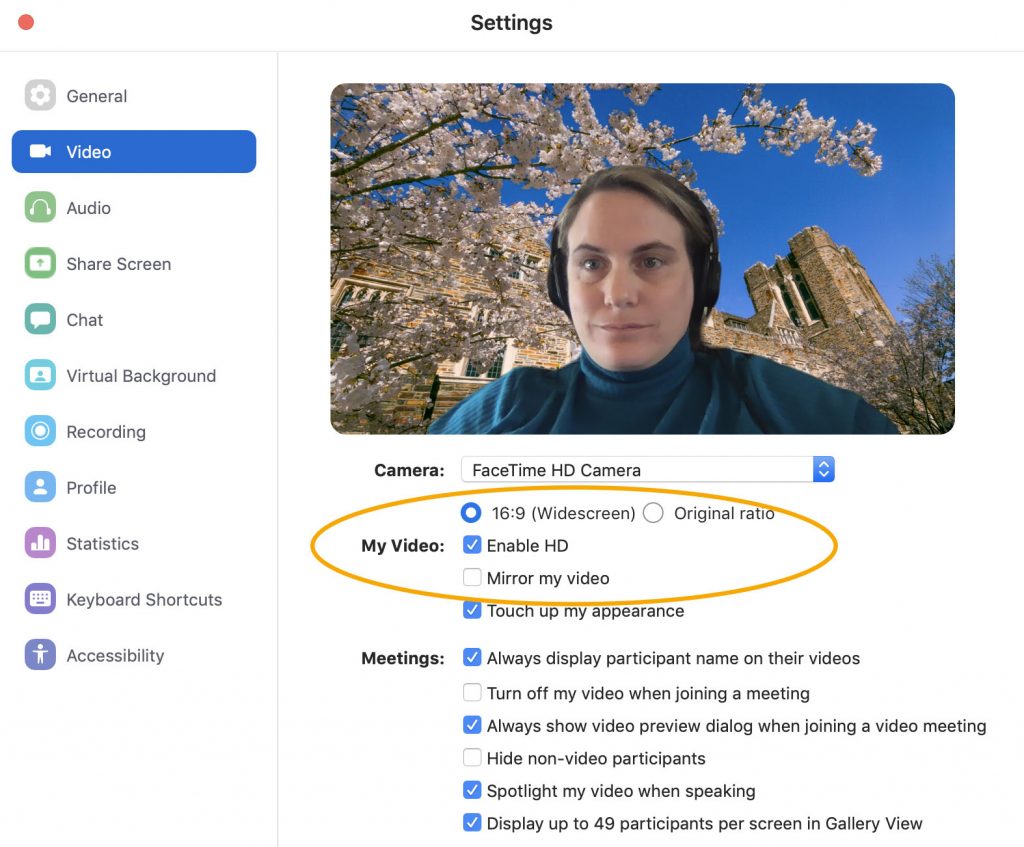
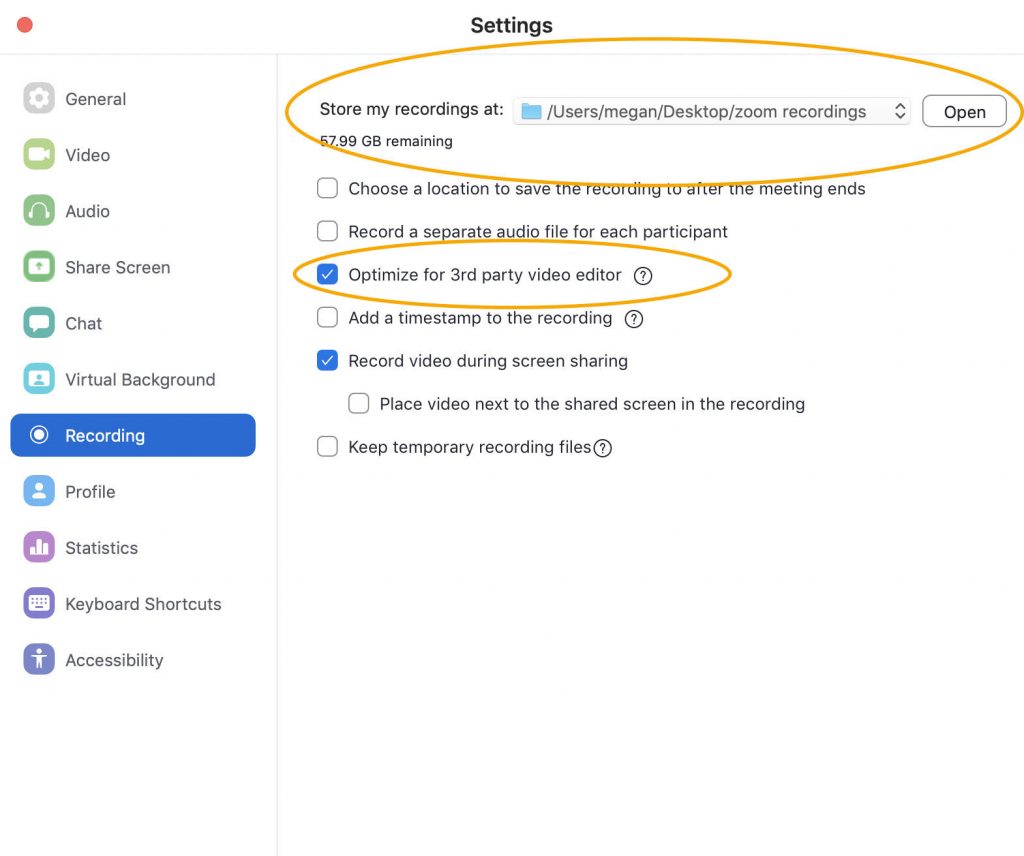
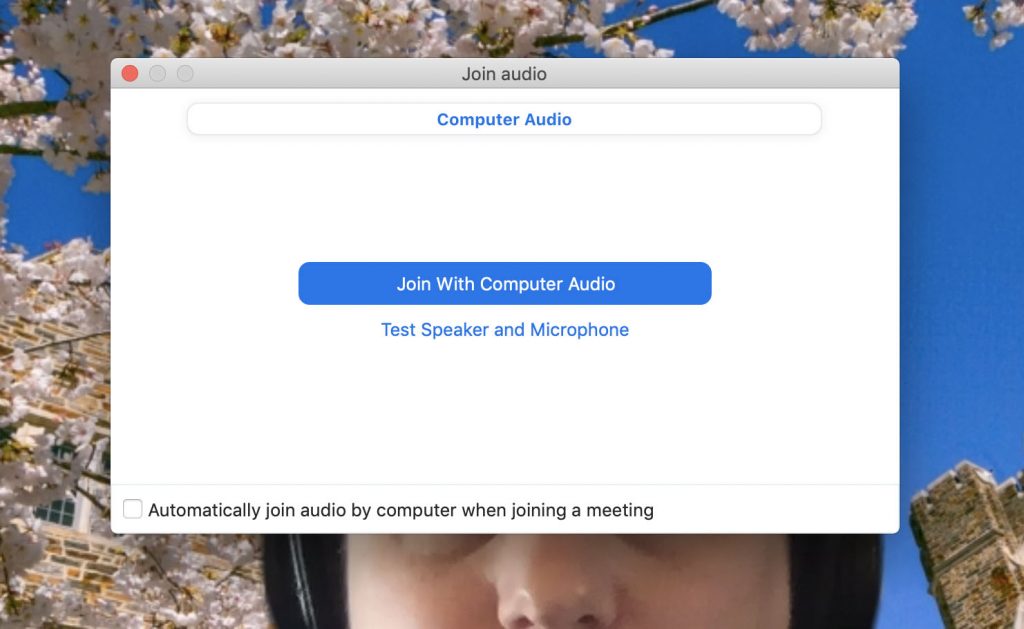
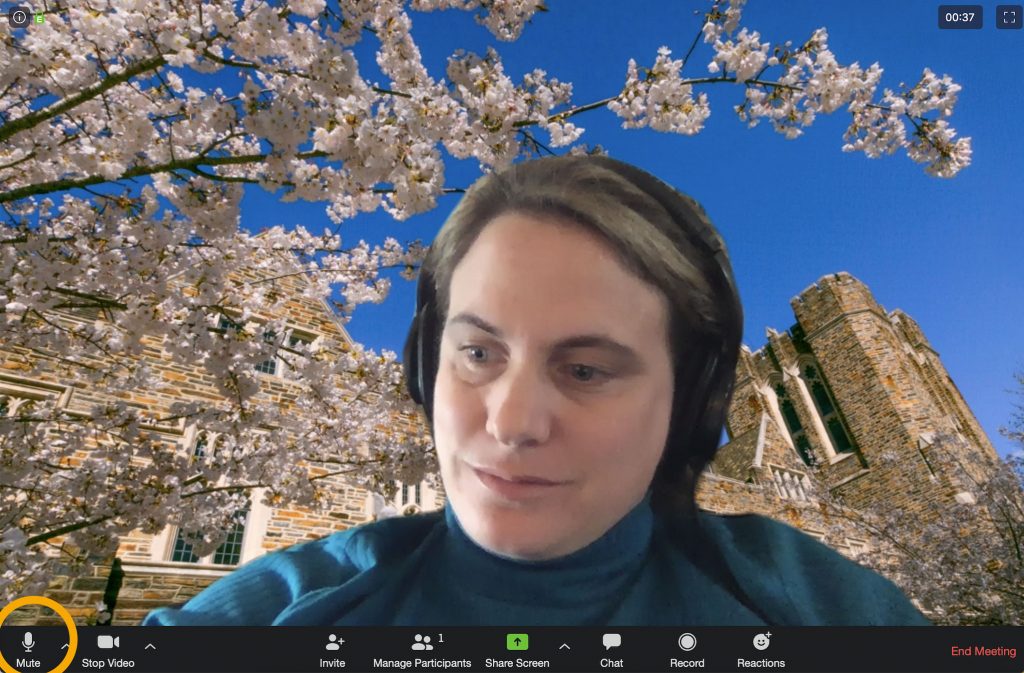


 In hopes of keep students moving along, I created a large sign that read “Just Keep Walking” and asked my colleague Caroline Pate to hold it up during the shoot. It worked perfectly. Students kept walking right through the shot in a natural way allowing us to showcase campus life at its best.
In hopes of keep students moving along, I created a large sign that read “Just Keep Walking” and asked my colleague Caroline Pate to hold it up during the shoot. It worked perfectly. Students kept walking right through the shot in a natural way allowing us to showcase campus life at its best. My colleague Bill Snead and Sam Huntley tested out walking backwards while hand-holding a drone and using the drone gimbal as a steady cam. It worked nicely because there was no noise coming from the drone and it was very smooth. On the day of the shoot, we first captured a traditional shot of the President on camera to make sure we had something usable. Then we captured the drone walking shot. In the end, we used the walking shot because it created the more personalized, dynamic feel.
My colleague Bill Snead and Sam Huntley tested out walking backwards while hand-holding a drone and using the drone gimbal as a steady cam. It worked nicely because there was no noise coming from the drone and it was very smooth. On the day of the shoot, we first captured a traditional shot of the President on camera to make sure we had something usable. Then we captured the drone walking shot. In the end, we used the walking shot because it created the more personalized, dynamic feel.





